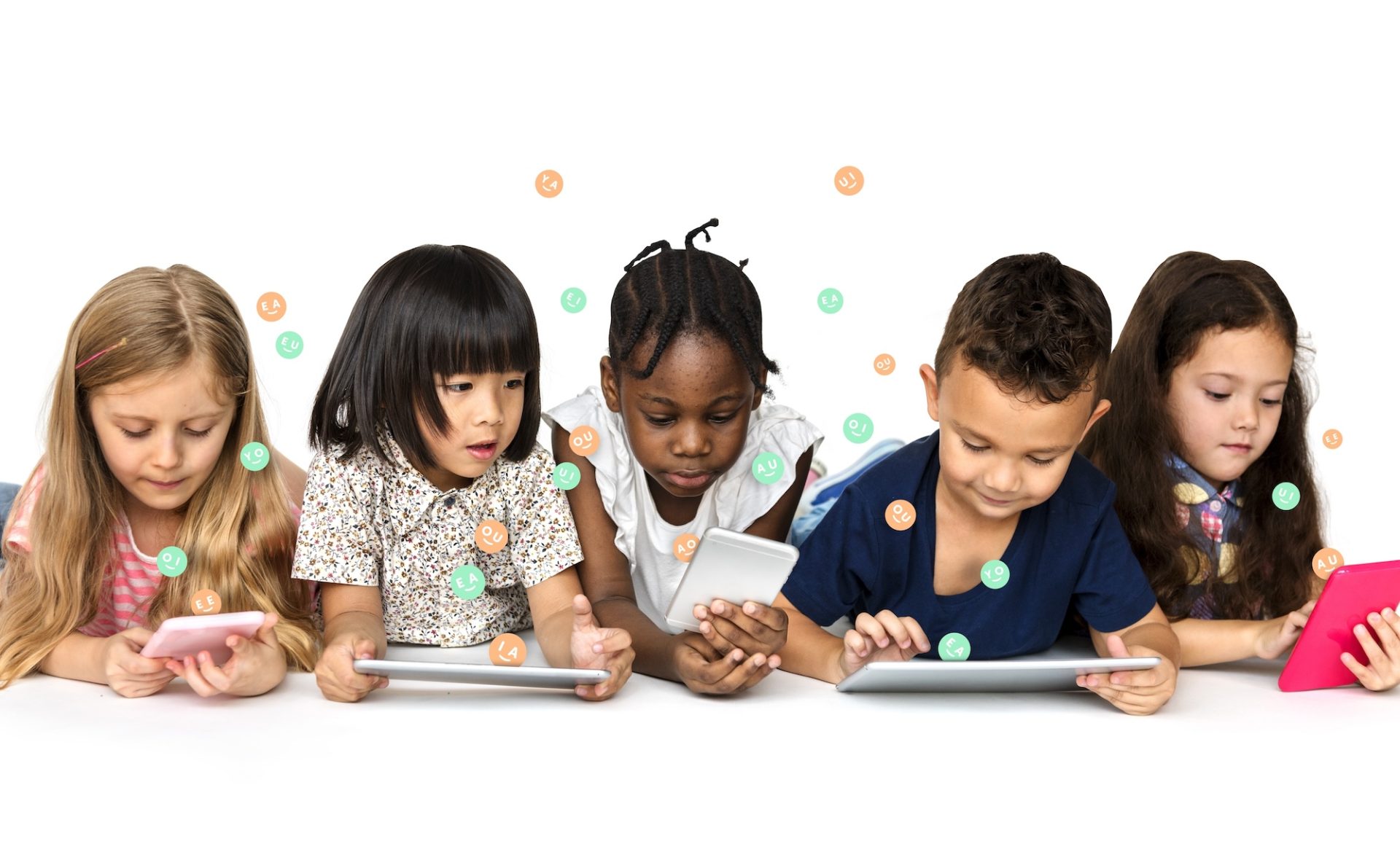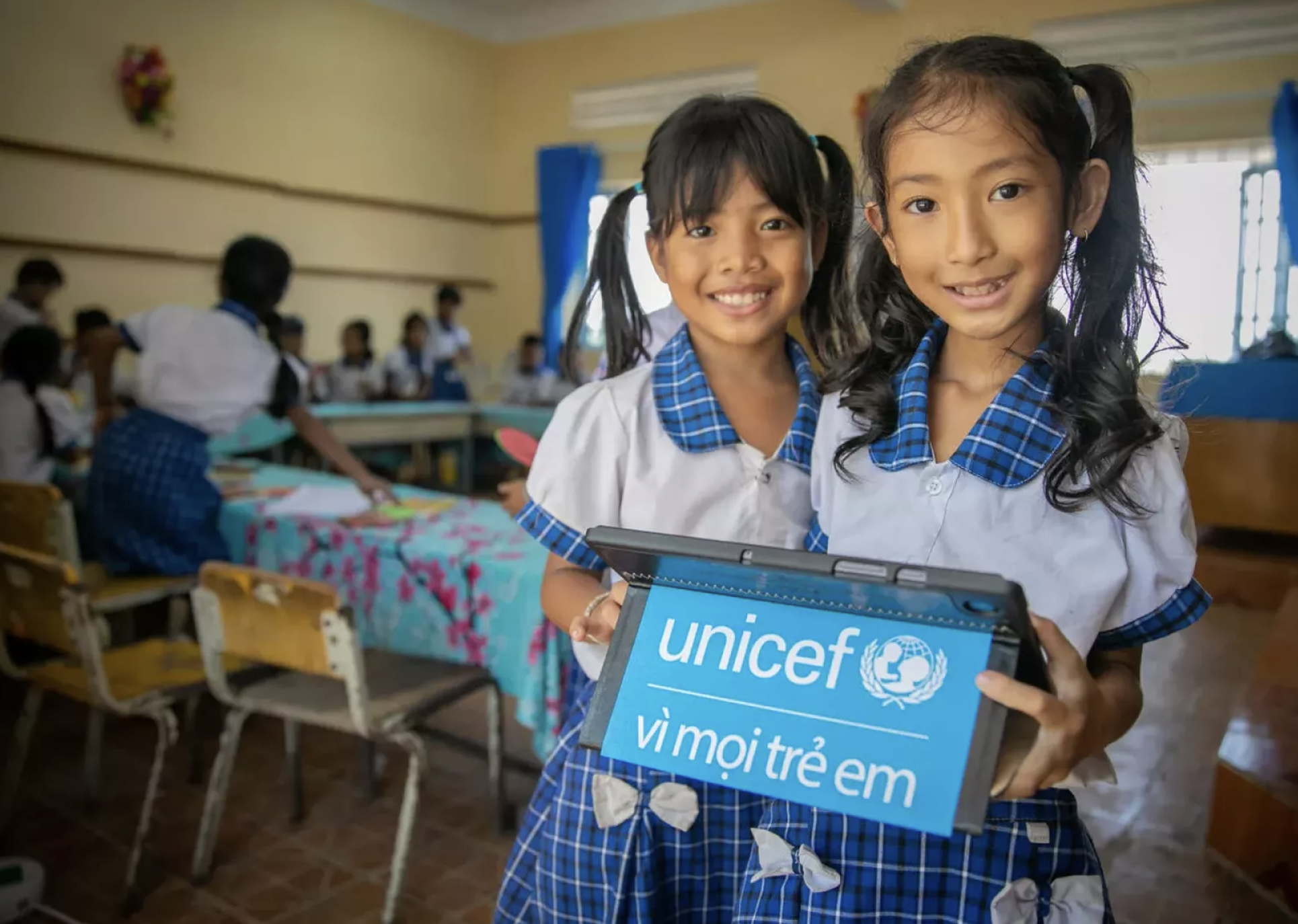The importance of mother-tongue-based literacy education is well established. Research consistently shows that early reading acquisition in a child’s first language supports cognitive development, educational outcomes, and multilingual competence.
As a UNESCO International Literacy Prize Laureate, GraphoGame continues to promote scientifically validated, game-based learning solutions, ensuring that literacy education is accessible to children in multiple languages worldwide.
“A child’s first language is the key to unlocking lifelong learning. When children learn to read in their mother tongue, they gain confidence, cognitive flexibility, and the ability to learn additional languages more effectively. Multilingual education is not just a tool for literacy—it is a fundamental human right,” says Mervi Palander, CEO of GraphoGame.
Through its evidence-based digital learning approach, GraphoGame supports the development of foundational reading skills in a child’s mother tongue, strengthening educational equity, lifelong learning, and linguistic inclusion.
Advancements in multilingual literacy since
receiving the UNESCO International Literacy Prize
Since being awarded the UNESCO International Literacy Prize, GraphoGame has expanded its multilingual offerings through strategic partnerships with researchers, linguists, and educational institutions. These initiatives have resulted in integrations into national education systems, in collaboration with ministries of education, to embed mother-tongue-based literacy tools into curricula.
“Our work with educators and researchers worldwide continues to demonstrate that multilingual education is a game-changer. By strengthening early literacy in a child’s first language, we provide them with a learning foundation that lasts a lifetime. This is why we are committed to making GraphoGame available in as many languages as possible,” explains Mervi Palander.
Challenges in promoting multilingual education
Despite notable progress, several challenges continue to hinder the widespread implementation of multilingual literacy solutions. The limited availability of localised educational content poses significant barriers to language adaptation, particularly for minority and indigenous languages that lack phonetic research and structured literacy materials.
Additionally, the digital divide and infrastructure constraints restrict equitable access to digital literacy tools, even though offline functionality is designed to support underserved regions.
Furthermore, alignment with education policies remains challenging, requiring sustained collaboration between governments, stakeholders, and researchers to effectively integrate technology-driven multilingual literacy solutions into national education systems.
“The biggest challenge we face is making high-quality, mother-tongue-based literacy tools available to all children, regardless of their economic background or geographical location. This requires collaboration between governments, researchers, and education technology providers like us,” says Palander.
The demand for mother-tongue learning is not always guaranteed. In many cases, parents are more inclined to support their kids in learning languages that they perceive as valuable in the job market or for getting a place in a prestigious school. The value of learning to read in their native tongue could be better advertised to parents.
“In multilingual countries where the educational authorities have to support literacy attainment in multiple languages, it can be stretched thin. In these cases, we sometimes, and understandably, see countries choosing a non-native language as a lingua franca in which to invest.”
Strengthening the commitment to multilingual literacy
In recognition of the 25th anniversary of International Mother Language Day, GraphoGame reaffirms its commitment to linguistic diversity, multilingual education, and inclusive literacy development. The continued advancement of scientifically validated, scalable literacy solutions remains essential to ensuring that every child, regardless of their language background, has the opportunity to acquire literacy skills in their first language.
“At GraphoGame, we see first-hand how learning in one’s mother tongue empowers children and strengthens communities. Let’s continue working together to ensure that every child, everywhere, has access to quality literacy education in their first language,” concludes Mervi Palander.
Encouraging action for multilingual education
Governments, educators, and communities are encouraged to prioritise mother-tongue-based education as a core element of national literacy strategies, ensuring that early learning builds on a strong linguistic foundation. Embracing digital innovations can enhance accessibility and effectiveness in multilingual literacy education, making high-quality learning resources available to diverse language communities.
Additionally, promoting language preservation and literacy equity through sustained policy efforts and cross-sector collaboration is essential for safeguarding linguistic diversity and ensuring inclusive education.
“Linguistic diversity remains a fundamental component of educational equity and global cultural heritage. Education systems worldwide can empower future generations with the tools to learn, connect, and thrive by continuing to invest in multilingual literacy solutions”, summarises Palander.
Even though the global literacy crisis is ongoing, there is a light at the end of the tunnel. Technology allows us to deliver high-quality literacy instruction via apps and technological tools for the first time. However, apps alone will not be sufficient in teaching literacy to students: technology also allows us to shed light on how students learn to read through analytics and data.
In the future, technology will allow a teacher’s
instruction to be scaled/duplicated to hundreds of children in a fraction of the time.



